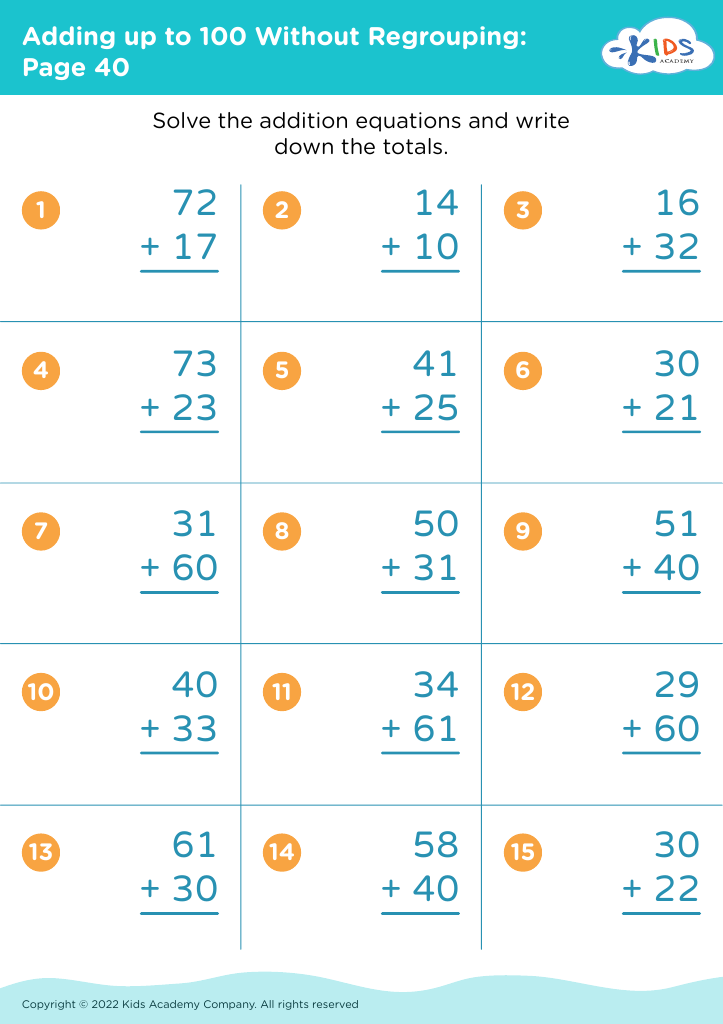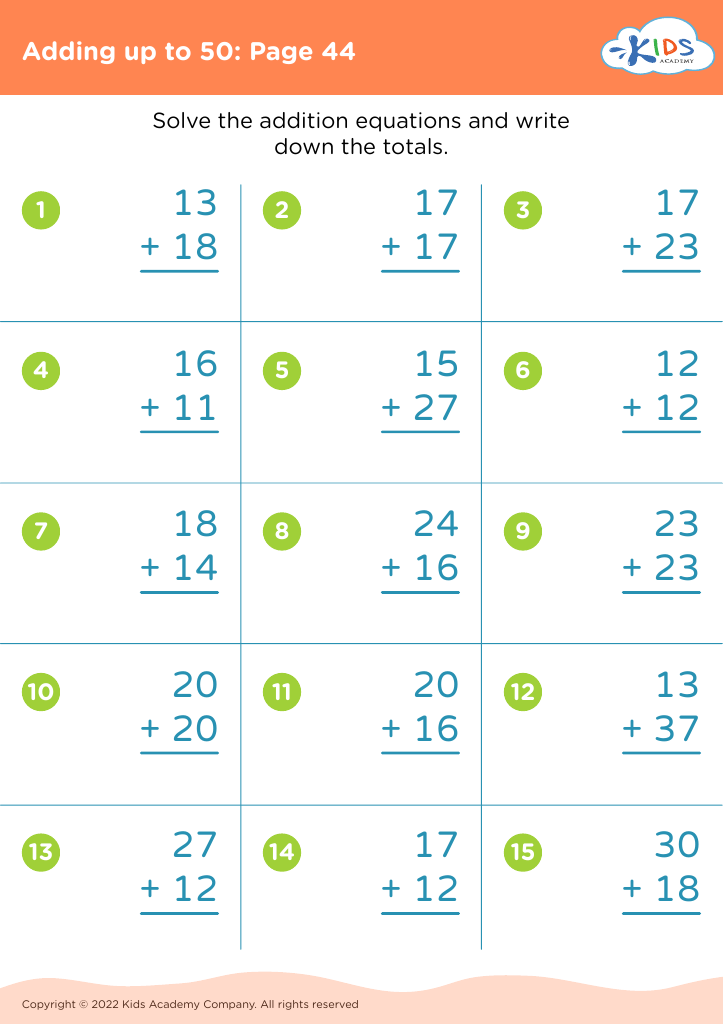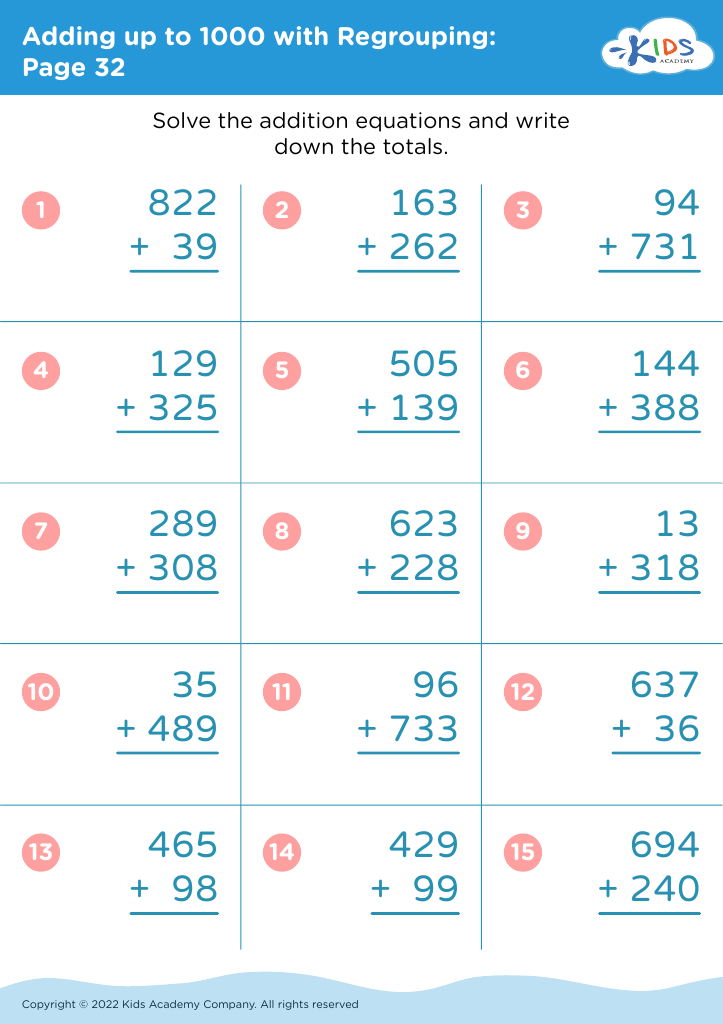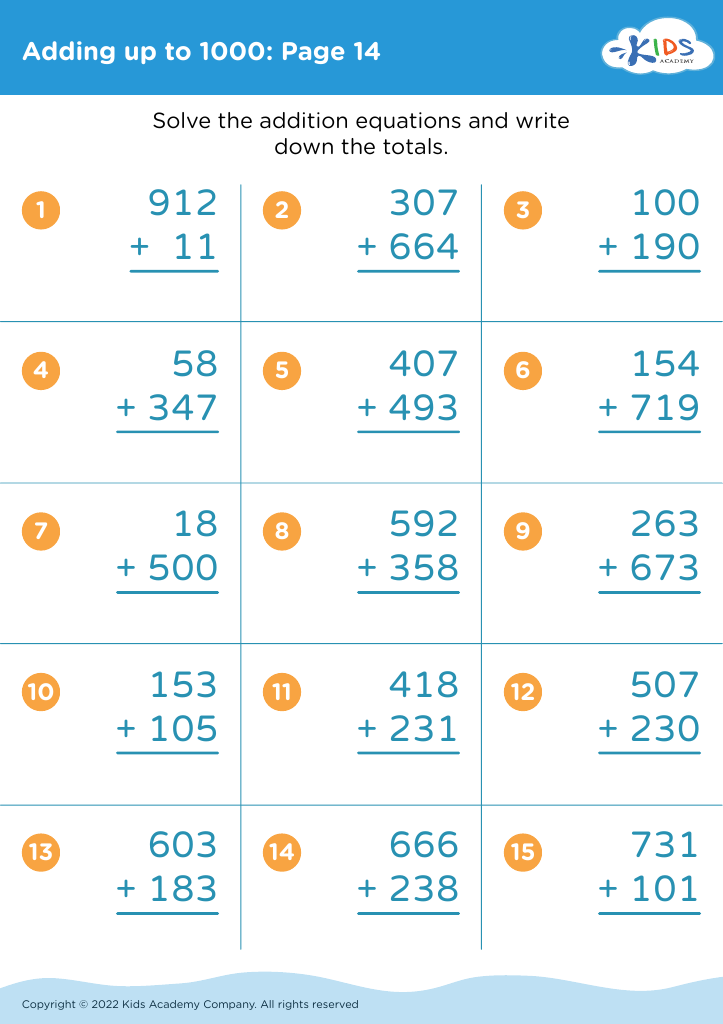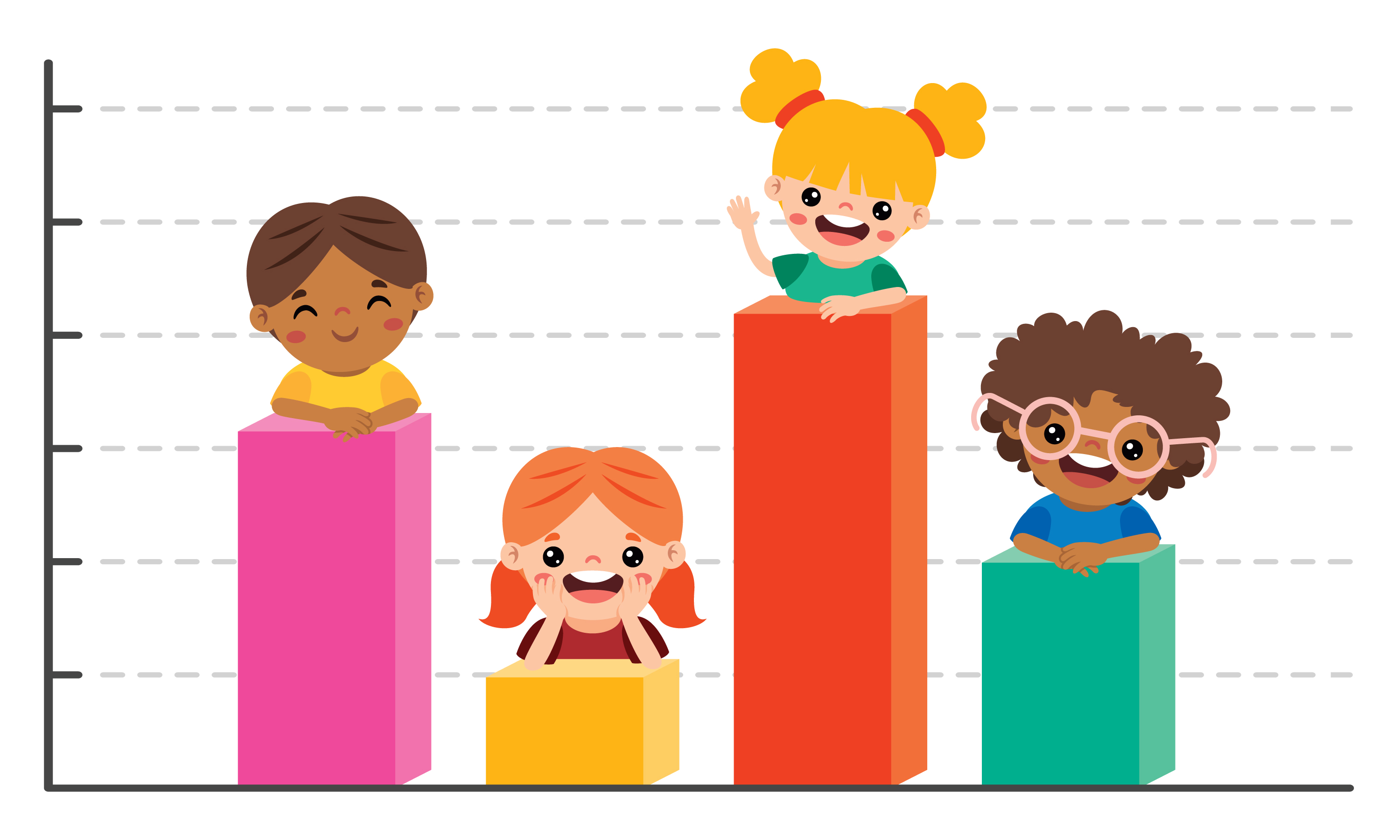Practice subtraction Addition & Subtraction Worksheets for Ages 5-9
7 filtered results
-
From - To
Enhance your child's math skills with our engaging Addition and Subtraction Worksheets designed specifically for ages 5 to 9. These interactive worksheets provide a fun and effective way for young learners to practice and master fundamental subtraction concepts while reinforcing addition skills. Aligned with educational standards, our resources feature colorful illustrations and age-appropriate exercises to keep children motivated and excited about learning. Perfect for home or classroom use, our worksheets cater to varying skill levels, ensuring every child receives the support they need. Explore our extensive collection today and watch your child build confidence in their math abilities!
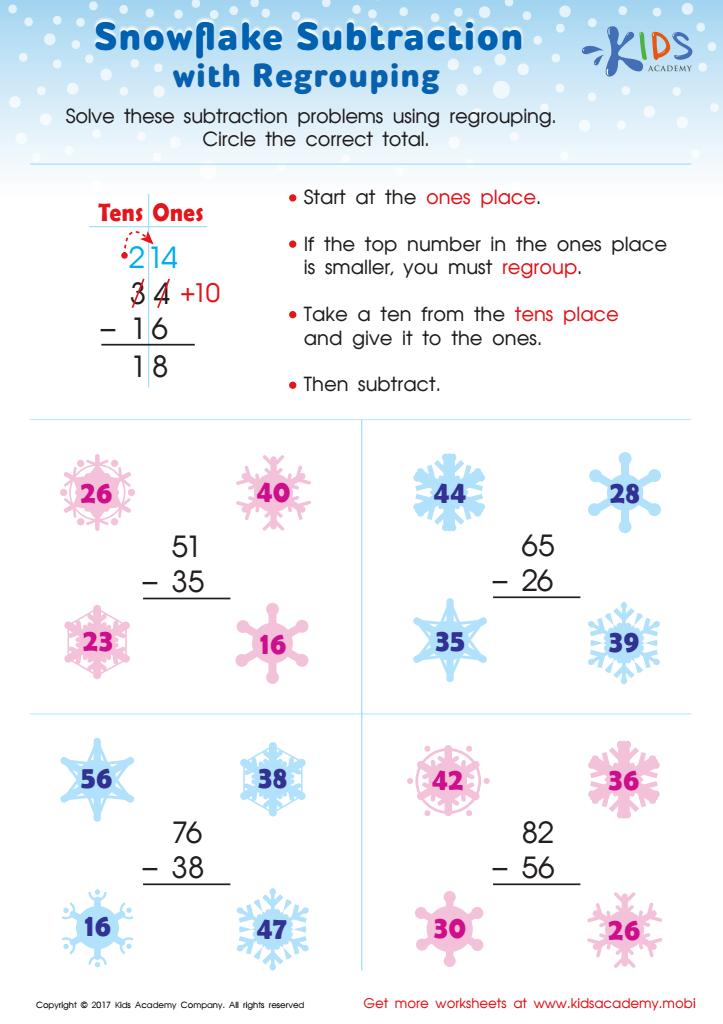

Subtraction With Regrouping Worksheet: Snowflake
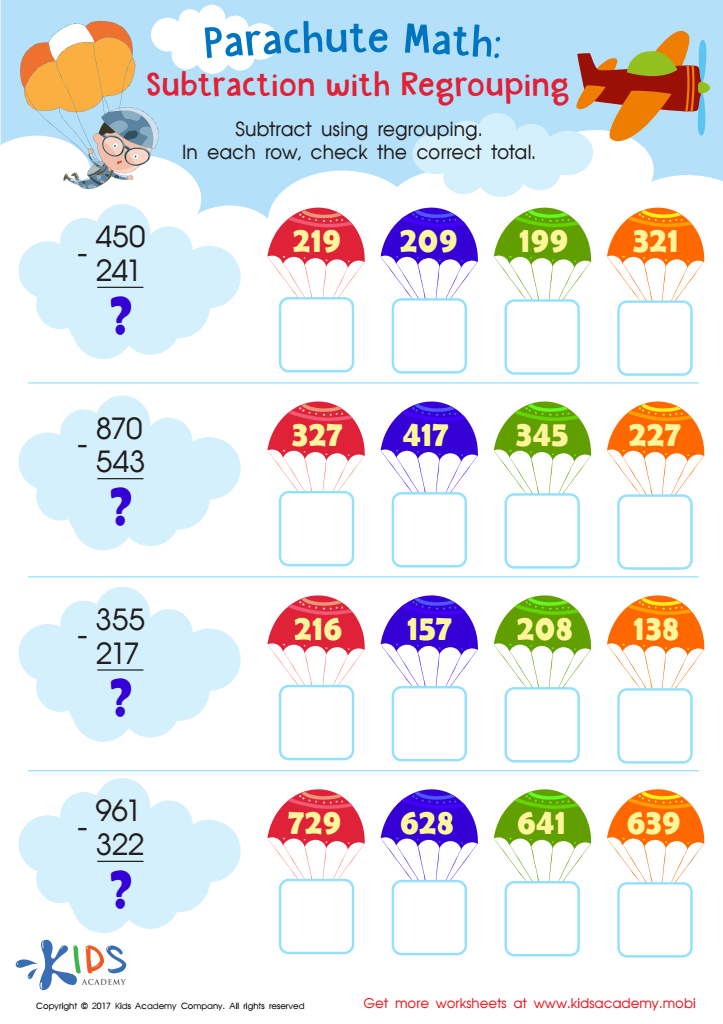

Subtraction with Regrouping for 3rd Grade Worksheet
Parents and teachers should prioritize practice in addition and subtraction for children aged 5-9 because these foundational skills are vital for future mathematical understanding and daily life. At this developmental stage, children are not only learning to perform calculations but also fostering critical thinking and problem-solving abilities. Mastery of basic addition and subtraction lays the groundwork for more complex mathematical concepts, such as multiplication, division, and even fractions.
Additionally, early practice helps build a child's confidence in their math capabilities. When children can readily perform these operations, they are more likely to participate in class, engage with peers, and tackle more challenging problems without feeling overwhelmed. Furthermore, math fluency enhances cognitive skills, such as logical reasoning and analytical thinking.
Engaging in regular practice makes mathematics more enjoyable and less intimidating, allowing children to see the practical applications of these skills in real life—for example, in budgeting, time management, and cooking. By emphasizing the importance of addition and subtraction during these formative years, parents and teachers can help create a positive attitude toward mathematics, ensuring that children not only succeed in school but also thrive in everyday situations. This early investment in mathematical learning pays dividends throughout a child’s educational journey.
 Assign to My Students
Assign to My Students


